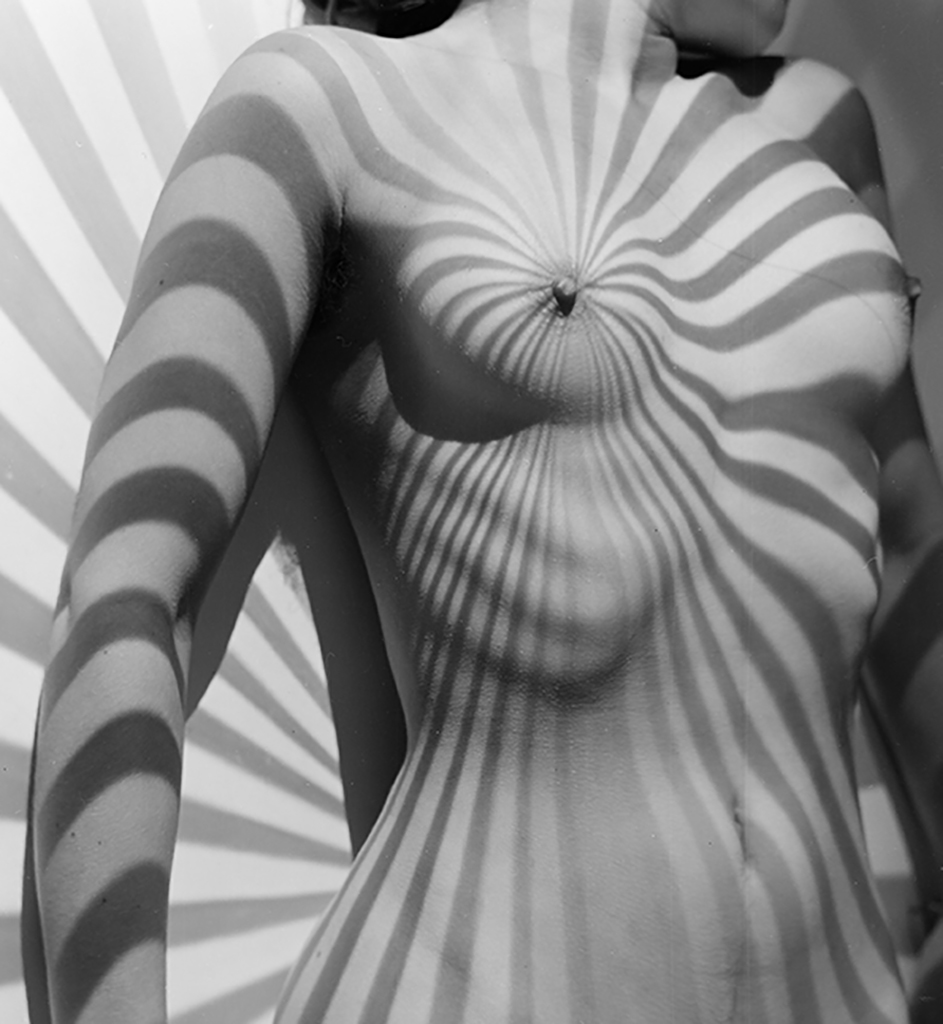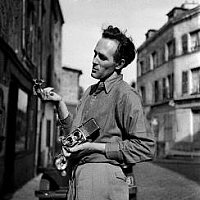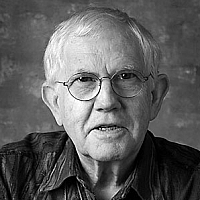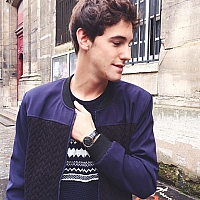
© Werner Bischof, Rays of Light, Zurich, 1941
René Groebli is the proverbial blind spot in the history of modern Swiss photography. The first to notice him was the American photographer and curator Edward Steichen, the visionary Steichen who had towards the end of the 1940s established at the New York Museum of Modern Art the first photography department world-wide. For the museum’s collection he acquired Groebli’s image poemDas Auge der Liebe (They Eye of Love). The Swiss also formed part of the monumental MoMA exhibition The Family of Man (1955), the attempt at an all-encompassing portrait of humanity that until today travels around the world. Steichen’s successor John Szarkowski in turn integrated Groebli in his exhibition «The Photographer’s Eye» (1964) and afforded him a special place in the publication of the same name. René Groebli is the missing link in the Swiss photographic history of the second half of the 20th century. He merges the romanticism in photography with the visions of the technician, the modernist. His decisive publications were made years before those by Robert Frank. In their power they are his equal, as to their impact the works of Groebli are yet to be discovered.
.jpg)
© René Groebli,Nude, Colette No. 1247, 1956
Christian Scholz was born in Stockholm in 1951 and now lives and works in Zurich. On his way southward from the North, he developed sufficient motivation and enthusiasm to build a significant body of photographic work in Switzerland. In equal measure, it includes works both in colour and classic black-and-white but eschews modish gimmickry, pretension and artistic whimsy. Mostly, Scholz works for years, and even decades, on series and groups of works. The results are single editions or portfolios of art. Juxtaposed with the «Body Project», for instance, we find his work The Compass of Light or groups of works on architecture and experiments with negative printing. Since 1989, Scholz has been building up a portrait project in and for Switzerland that meets with increasing enthusiasm in private and public collections. As Roger Fayet of the Swiss Institute for Art Research puts it, "a project of virtually encyclopaedic magnitude". Scholz's aim is to give the portrait as a genre – in the sense of August Sander – a much stronger positioning.
"My works discover the world as a reverberation, as a world of sounds, a sense of our personal sound space. They are aware of the relationship between personal expression and the universal, of the reassurance of recognition. Memories of perfection create their sound, and the belief that there is a point where interior and exterior, near and far, small and big, material and spiritual, meet. Everything is in motion. It is fast, never stops for a moment and never solidifies. We do not recognize this and see something, wich appears to us to be constant and permanent–like the blades of a fan which seem to meld into one firm surface. When solids become visible, it attests of a way of seeing and thinking that stops the flow. Only the immaterial enriches the visual through additional dimensions and clears the path to simultaneously plunge into eternity and explore a new part of reality."
Karina Wisniewska




